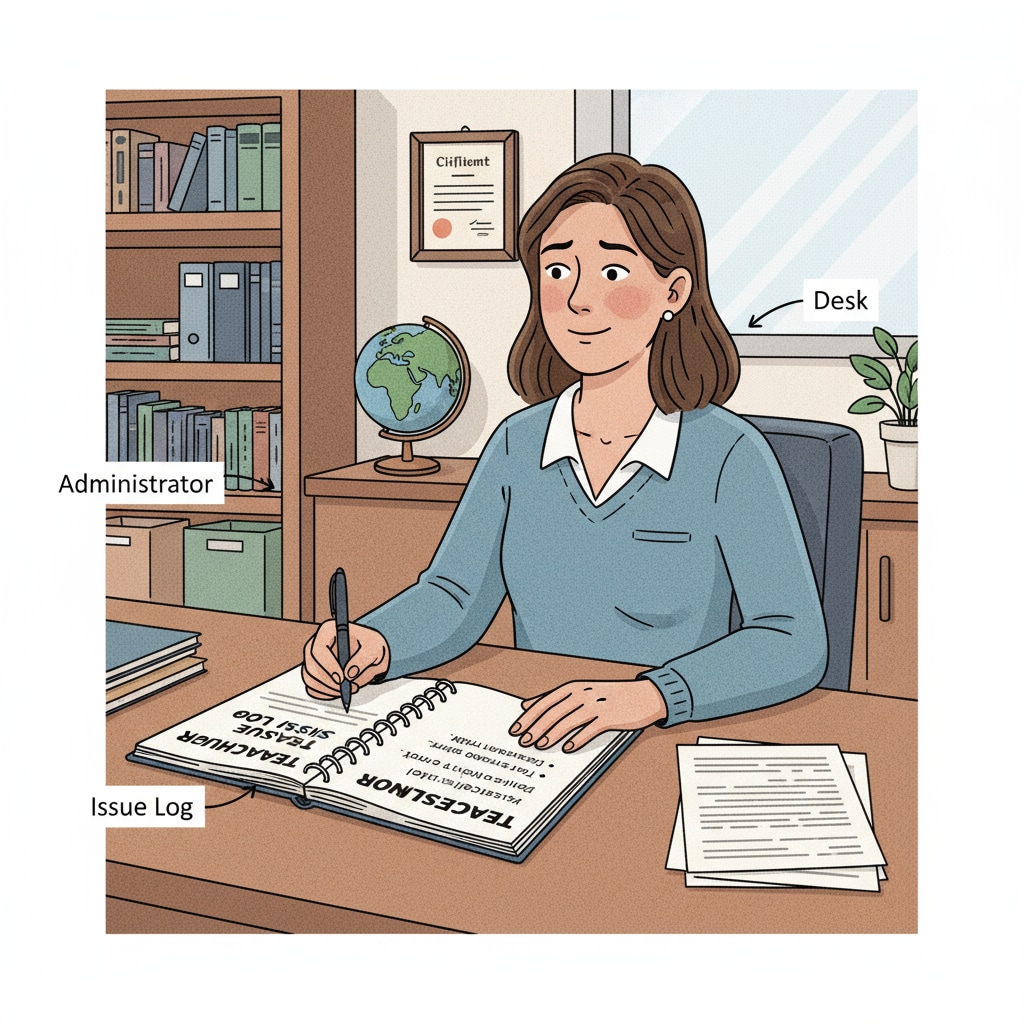Teacher conflicts and workplace harassment are significant concerns in school management. School administrators frequently encounter a difficult predicament: how to strike a balance between teaching effectiveness and professional conduct. This article delves into strategies for dealing with teachers who excel in teaching but have serious interpersonal problems, providing comprehensive solutions for school leaders, from documenting issues to establishing support systems and implementing improvement plans.

Understanding the Problem
It’s not uncommon to find teachers who are highly effective in the classroom but struggle with interpersonal relationships. These issues can range from mild personality clashes to more serious cases of workplace harassment. Such problems can disrupt the school environment, affect student learning, and undermine the morale of the teaching staff. For example, a teacher known for high student achievement might constantly argue with colleagues, creating a tense atmosphere. According to the National Education Association, workplace relationships play a vital role in job satisfaction and overall school performance.
Documenting the Issues
The first step in addressing these problems is to document the incidents thoroughly. School administrators should keep detailed records of any conflicts, complaints, or inappropriate behavior. This documentation serves as evidence and helps in understanding the scope and nature of the issues. For instance, if a teacher is accused of harassing a colleague, note down the date, time, location, and details of the incident. As stated by Education Week, proper documentation is essential for fair and effective management.

Establishing a Support System
Once the issues are identified and documented, it’s important to establish a support system for the teacher. This could include providing access to counseling services, professional development opportunities focused on interpersonal skills, or peer mentoring. A mentor can offer guidance and support, helping the teacher understand the impact of their behavior and develop better relationship-building skills.
Implementing an Improvement Plan
Based on the documented issues and the teacher’s needs, create an improvement plan. This plan should set clear goals, outline specific actions to be taken, and establish a timeline for progress. For example, if the issue is a lack of communication, the plan might include attending communication workshops and regular check-ins with the administration. Regular monitoring and feedback are crucial to ensure the teacher is on the right track.
In conclusion, dealing with teacher conflicts and workplace harassment in school management requires a thoughtful and systematic approach. By understanding the problem, documenting issues, establishing support systems, and implementing improvement plans, school leaders can help these effective teachers overcome their interpersonal challenges and contribute to a positive school environment.
Readability guidance: Using short paragraphs and lists simplifies information. Each H2 section presents key points clearly. Active voice dominates, and transition words like ‘for example’ and ‘once’ enhance flow.


